Did Muhammad bring a new religion or did he try to restore the religion of Abraham? And did he succeed. And what was it called? Dan Gibson shares his opinions.
Transcript
Hello, I am Dan Gibson, and this is another video in the Question and Answer series. Today’s question is: Please explain the term: The religion of Abraham, from the Qur’an and the hadiths? This is a very good question, and it does have to do with archaeology. But first, let me suggest that there is a difference between speaking of the religion that Abraham followed, and something more formal, known in Islam as the ‘Religion of Abraham’. In the Islamic records the religion of Abraham is always associated with the term Hanafiyyah. We need to understand this term if we are to understand what is meant by The Religion of Abraham.
The word Ḥanīf (Arabic: حنيف, ḥanīf), means to “renunciate” or refuse, or to turn their backs on.
The origins of this word come from the story of the patriarch Abraham. He was born and raised in Mesopotamia, in an area that later became known as Ur of the Chaldees. That city was a pagan city. Way back in 1862, Henry Rawlinson identified Ur Kaśdim with Tell el-Muqayyar, near Nasiriyah in southern Iraq. In the Early Dynastic God Lists, such as Fara SF 1, the moon god appears immediately after the four leading gods: An, Enlil, Inana and Enki (Klein 2001: 290, and this important, albeit slightly junior position, is confirmed in the text Nanna-Suen’s Journey to Nippur (ETCSL 1.5.1: 18), when Nanna brings the “first fruit offerings” to Enlil, the head of the early Mesopotamian pantheon (Black et al. 2004: 147).
The primary symbol of the moon god was as a bull. It is thought that a Bull was chosen because the crescent of the waxing moon appearing similar to the horns of a bull. This symbolism led to a consideration of the moon god as a cow-herd, which is celebrated most clearly in the composition The Herds of Nanna (ETCSL 4.13.06), the longest section of the writings found in Ur of the Chaldees. Now I am saying in all of this, because it is plain that Abraham came from a place that celebrated or worshiped multiple gods and so it was a pagan place.
According to the Biblical story, Abraham leaves Mesopotamia, and he rejects the worship of multiple gods, and he clings to the worship of the One True God. Islam echoes this story. This is one of the fundamental reasons why the early Muslims identified with Abraham.
This rejection of paganism and clinging to monotheism is the background story for Abraham, and also for the word Ḥanīf or Hanifiya or this identity in resisting or leaving paganism.
Multiple times the early Islamic records tell us that the religion of Abraham was known a Hanafiyya. For instance, in Ibn Hisham, (Ibn Hisham: 49 Four men who broke with Polytheism) we have a story from pre-Islamic times of four men who were of the opinion that their people had corrupted the religion of their father Abraham, and that the stone they went round was of no account; it could neither hear, nor see, nor hurt, nor help.
“Find for yourselves a religion, they said, for by Allah you have none.’ So they went their several ways in the lands, seeking the Hanifiya, the religion of Abraham. The word Hanafiya is mentioned seven times in Ibn Hisham, but this is enough to illustrate the connection between Hanifiya and the Religion of Abraham. What is interesting here, is to note that these men were searching for Hanifiya. The idea is: that they could find the religion of Abraham.
Now this presents an interesting problem. How would they know if found it or not? How could they identify the true religion of Abraham from a corrupted version of the religion of Abraham?
But these men are going around trying to find the original religion of Abraham, because they are not happy with pre-Islamic paganism. One of these men, Waraqa ibn Naufal bin Asad searched Christianity, and eventually converted to being a follower of the church. The records do not tell us what church, or what form of worship, or what their theology was. He simply identified with Christians, and later became a scribe, copying scriptures for those who wanted some of it written down. So before Muhammad came on the scene, there were those who wanted to break from Paganism and were seeking the original religion of Abraham.
Now why would they do this? Why wouldn’t they just seek other religions and try them out. I know of lots of people who go around trying out different religions, to find one that fit’s their pre-existing assumptions of what a good religion should be like. And so they visit different places, temples, holy sites, and they attend various seminars and talks, until somewhere along the line they end up in some sort of religious group. Or they tire of their search, and just end up as agnostics, saying they haven’t found the right one now. Or, as some modern young people are doing, they invent their own religion. Even invent their own gods.
But these men were different. They already knew something of the religion of Abraham, and they wanted to find the true Religion of Abraham, not just any religion.
Now, I am going to suggest that the reason for this is archaeological.
You see, these four men grew up in a city that had an important religious object. In their city was a stone cube. Not very high… a man could look over it. It wasn’t until later, during the lifetime of Muhammad that it was built higher to protect sacred items that were kept inside.
Now, Ibn Hisham puts it this way: …the Quraysh decided to rebuild the Ka’ba when the apostle was thirty-five years of age. They were planning to roof it and feared to demolish it, for it was made of loose stones about a man’s height, and they wanted to raise it and roof it because men had stolen part of the treasure of the Ka’ba which used to be in a well in the middle of it. Ibn Hisham 44
Remember that was done during the lifetime of Muhammad when he was a young man. Almost a hundred years later, Ibn Zubayr would tear down the additions, leaving the original altar. But by that time it was damaged, just as you see it today.
Now, back to these four men in pre-Islamic times. Tradition told these men, that this structure, this Ka’ba, was originally built by Abraham. Notice, it was built of loose stones, and it was not too tall; maybe five or six feet tall. Azraqī gives us the measurements of this cube but not its height, other than the height of a man. Back then this could have been 5 feet.

The north side of the Petra Ka'ba
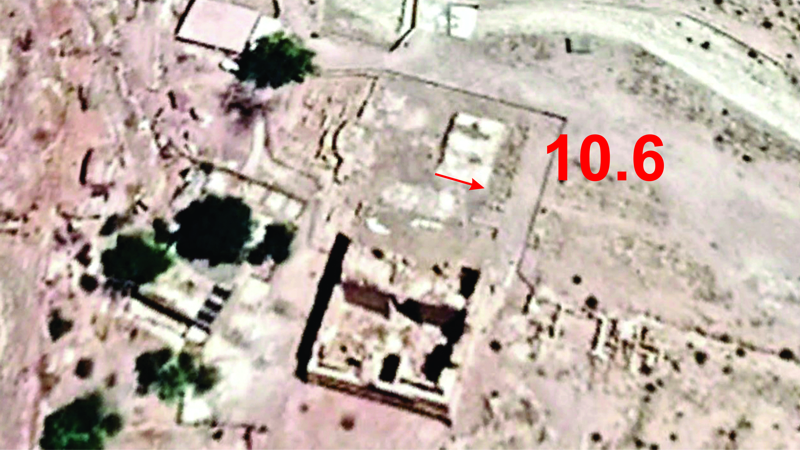
The south side of the Petra Ka'ba
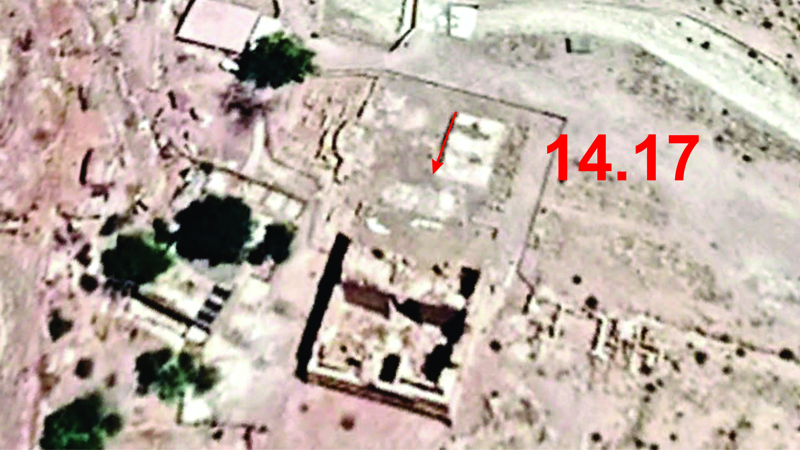
The west side of the Petra Ka'ba
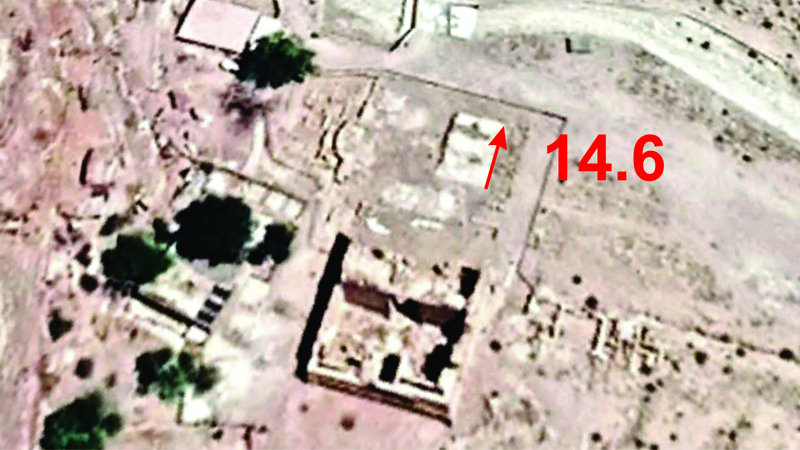
The east side of the Petra Ka'ba
One side of this structure was 14.63 meters. The end was 9.1 meters. The other side was 14.17 meters, and the other end was 10.6 meters. Notice that the sides are all different lengths. It was not a perfect cube. Also notice that these measurements are larger than the Ka’ba in Mecca in Saudi Arabia.
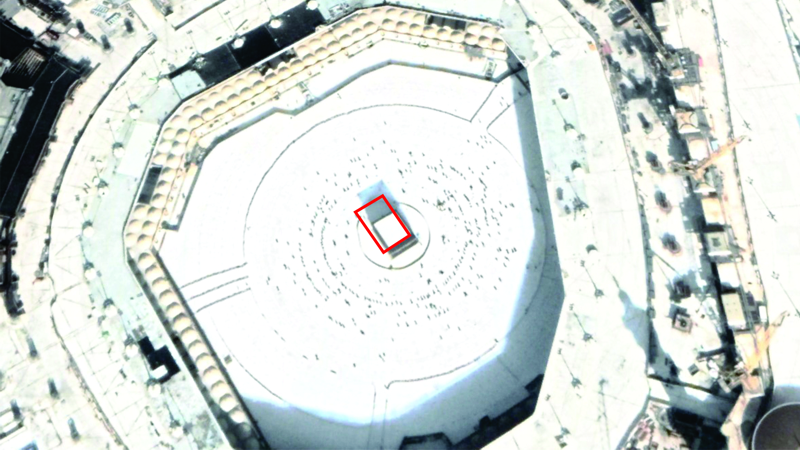
Comparing the Petra Ka'ba with the Mecca Ka'ba
Here is a comparison of the measurements to the Ka’ba in Saudi Arabia, and the Ka’ba in Petra. Azraqī’s measurements are in red. They do not fit over the Ka’ba in Mecca, but they are a perfect fit for the cube in Petra. Even the height fits.

The same size box placed over the Ka'ba in Petra
So what was the original Ka’ba used for?
The Islamic records tell us that it was built by Abraham, and known as the House of God. This is very interesting, because in the Bible, in the writings of Moses, we have a record of Abraham building another House of God. That place was known as Bethel, or Bayt El. El being the early form of God, before it morphed from El to Allah.
Geneses 12: 7-8 tells us: And the LORD appeared unto Abram, and said, Unto thy seed will I give this land: and there he built an altar unto the LORD, who appeared unto him. And he removed from there unto a mountain on the east of Bethel (or Bayt El), and pitched his tent, having Bethel on the west, and Hai on the east: and there he built an altar unto the LORD, and called upon the name of the LORD.
In the first Bayt El, there was no building constructed. It was just an altar. And so I would like to suggest that in the second Bayt El, that Abraham built, this time for Hagar and Ishmael, that there was no building, but that it was originally just a large altar.
In the Biblical records we have examples of Abraham building four altars to the one true God. These were not in buildings; they were outside in an open area. Usually they were of stone, with no mortar; loose fitted rocks. Natural stone not made or shaped by human hands
Genesis 12:6 Altar in Sichem when he arrived from Mesopotamia. Genesis 12:8 Altar in Bethel – where God appear to him. Genesis 13:18 Altar in the plain of Mamre - modern Hebron Genesis 22:9 Altar on Mount Moriah – where he offered to God his son.
But the Islamic records tell us that Abraham went on occasion to the valley of Becca, where his wife: Hagar, and his son Ishmael were living, and there he built another altar (according to Islamic records) to the Lord for Hagar and Ishmael, so that they too would worship the one true God.
So as the centuries passed, people would remember: That low stone cube was built by Abraham. And over time cultic practices were attached to that location. The whole valley was kind of a sacred place, for the children of Ishmael for many generations.
Eventually Hagar and Ishmael died, and were buried near the altar. Later, people built a low courtyard wall around the altar area, to keep people from building or using the land for other things. When they built the courtyard wall on the side where the two graves of Hagar and Ishmael were, they had to go around the tombs, in order to include them in the courtyard.
And this is exactly what you find in Petra today. The altar stands today, as it did long ago, built exactly according to the measurements that Azraqī provides. And the hijr or courtyard wall curves out and around on one side. So in that curve was the place where Hagar and Ishmael were buried.
Now, notice that Abraham was not alone in this building of altars. Many of the early prophets built them and offered burnt sacrifices on them. Isaac built altars, Moses built altars, Even David and Solomon built altars. The big change that came with Moses. Moses was a descendant of Abraham, and Moses not only followed the religion of Abraham, he significantly changed it. Not because he wanted to. But because God revealed what is known today as the Mosaic Law. It explained how the sacrifices were to be prepared. How the priests were to dress and act. The procedure of the sacrifices throughout the days, months, and the year. In effect, Judaism today is based on the Mosaic Law, which was based on the religion of Abraham. But the Jews looked to the Mosaic Law not to any religion of Abraham.
Just as many years later, Christianity is based on Abraham, and the Mosaic Law, and the interpretation of that law as given by the great religious teacher, Jesus Christ. But more than just adding to, or interpreting the Mosaic Law, Jesus, in his death and resurrection fulfilled all of the requirements of the Mosaic Law. That is why the Apostle Paul is an important person to Christians, because he was highly trained in the Mosaic Law, trained in the school of Gamaliel, trained to be a member of the Sanhedrin court. And this Paul, guided by the spirit of God explains to us how Jesus was the perfect fulfillment of the Mosaic Law. So lets go back to these four men, who start searching for the original Religion of Abraham. They didn’t find it in Judaism, and they didn’t find it in Christianity.
Why would they do this? They wanted to honor and follow Abraham, the man who built the altar in their city. And yet, went they came to Judaism, they did not feel they found the religion of Abraham. Why? I can only speculate, but from history we know that Judaism had undergone a lot of change. During the Babylonian exile, the Jews began following the Talmud, a set of Jewish writings, and they interpreted everything according to the Talmud and the traditions of the great Jewish teachers. So much so, that when these men examined Judaism, they did not recognize the religion of Abraham.
The same is true of the Christians. By this time, Christianity has been transformed into an official religion, and even into a state church. It was more important to be a member of the church than it was to be personally devoted. And besides, the church was trying to stamp out sacrifices. They were never successful at it, but over at Constantinople the pressure was on any fringe groups. However in Samaria they still offered sacrifices. And way down in Petra, the pagan temples were still in operation.
So, only one of the four men left the group in their search for the True Religion of Abraham. He found his answer in Christianity… in the sacrifice that Jesus made to fulfill the yearning that Abraham had, and all the years of sacrifices that people made, waiting for the ultimate sacrifice to be made. That was Jesus, on the cross. So Waraqa bin Naufal recognized this, and it was sufficient for him to see that the religion of Abraham was completed in Jesus.
But the others kept up their search.
And this desire to find the original religion of Abraham was alive when Muhammad was a young man. And Muhammad was influenced by this desire to restore the Religion of Abraham.
Listen to Ibn Hisham 118: Ja’far bin’Abdullah bin Abu’l-Hakam whose memory went back to the days of the prophet, and who was a narrator of tradition told me that before he left for Mecca Abu ‘Amir came to the apostle in Medina to ask him about the religion he had brought. “The Hanifiya, the religion of Abraham… that is what I follow”. Muhammad told him. “You do not.” Abu ‘Amir replied ‘But I do! He insisted Abu ‘Amir then said: “You, Muhammad, have introduced into the Hanifiya things which do not belong to it.” “I have not. I have brought it pure and white.” “May Allah let the liar die a lonely, homeless, fugitive!” Abu ‘Amir replied. falsified his “Well and good. May Allah so reward him!” was Muhammad’s answer. That actually happened to the enemy of God. He went to Mecca and when the apostle conquered it he went to Ta’if; When Ta’if became Muslim he went to Syria and died there a lonely, homeless, fugitive.
That’s in Ibn Hisham 118. And Ibn Hisham is among the very earliest biographies of the prophet Muhammad.
So Muhammad went around preaching the Hanifiya. The restored Religion of Abraham. But what was restored, and what remained from pagan practices?
The problem was that well over a thousand years had passed since the time of Abraham and many pagan practices had been introduced and included.
One of those was climbing all the way to the top of the mountain, and meditating while the sun went down. This was done in remembrance of Abraham. Whenever he came by to visit Hagar and Ishmael, he probably liked to go to the top of the mountain and pray and mediate. Not that it was part of his religion as a rite, but people remembered afterwards that this was something that Abraham liked to do, and so they included it in the religious rites that they would practice on that spot, in pre-Islamic times. This is an idea that spills over into Islam that you try to copy what the prophet did.
Another religious rite that people did in pre-Islamic times was to go seven times from the mountain cliff on one side of the valley to the mountain cliff on the other side of the valley. This was done in remembrance of Hagar’s desperate search for water, or for even for people to help her. So the pagans did this trip seven times back and forth from one great rock wall on one side of the valley to the great rock wall on the other side of the valley. Not in remembrance of Abraham, but in remembrance of Hagar. That was in pre-Islamic times, and it continued into Islamic times.
Another thing that people did, was go around the Ka’ba altar multiple times. This is more reminiscent of worshiping the altar, than in copying Abraham in offering a sacrifice on the altar. So the emphasis was on the Ka’ba itself, and not on sacrifice, and the meaning of the sacrifice.
Oh, and they offered a sacrifice once a year, but the meaning that Abraham gave to the sacrifice was lost over time.
So along comes Muhammad. And he starts calling the people of the city back to monotheism. Back to the religion of Abraham. He calls them to reject the pagan gods, and worship the One True God. Hanifiya. Rejecting paganism.
Now here is something important.
Those who go around looking for the name Islam, or Muslim in the first century of Islam do not find it. The very fact that they are looking means they do not know their Islamic religion very well. The original name for the religion of Muhammad was Hanifiya. Meaning: rejecting paganism. Coming to Monotheism. It was identified as the religion of Abraham, not the religion of Muhammad.
I meet all kinds of people who claim that Muslims were not known as Muslims, nor was the religion known as Islam during the first century of Islamic history. And they think this is some kind of proof that the religion did not exist back then.
In much the same way, Christians were not known as Christians when Jesus died. The Bible tells us that they first became known as Christians in Antioch (Acts 11:26) Up until this time, the followers of Jesus were simply known as “The Way” or followers of Jesus. That is why I don’t like using the word Christian. Far too many people call themselves Christians, who are not true followers of Jesus. They may follow some church, or some religious teacher, but they are not devoted to Jesus, or trusting only in him and his work on the cross as the solution to their sin problem. No, they trust Jesus, and being a member of a particular church. Or they trust Jesus, and some religious rite they have done, perhaps baptism, or they trust Jesus, and the fact that they are good people. Trusting Jesus and something else, is not being a true follower of Jesus. It is in trusting in him alone.
So I don’t like the word Christian, and if people ask me if I am a Christian, I tell them I am a follower of Jesus. Being called a Christian just means I have a label, and I don’t want to be identified with so many of the wrong things that so-called Christians do or teach.
In much the same way, the followers of Muhammad were known by Hannifiya, not Islam, or being Muslim. The identification was that they had left something, not that they had joined something. That wouldn’t come for another hundred years, when Islam had outgrown the pagan areas. That is when the identity changed, and when we can start to identify something called Islam.
That doesn’t mean it did not exist, or that Muhammad did not exist. It means that the original identify was Hanifiya and later changed to Islam.
And so Muhammad’s religion was known as Hanifiya, and those who followed him identified as those who had left paganism. In time this identification was not suitable, as more people joined from other backgrounds. In the end, the idea of Hanifiya, and the identification as The Religion of Abraham was lost. In its place was a word found in the Qur’an, Sura 3: 19 where it says: The religion of God is to submit. (Islam) And so the word Islam was used, and the term Hanifiya passed out of use.
Did Muhammad restore the religion Abraham? I do not think so. The key thing we know about the religion of Abraham, is that he built altars, and offered sacrifices to God. There is no record of him going around an altar. No record that he went from Marwa mountain to Safa mountain and back and forth. No record that he stood on a mountain until sundown as part of his religion.
Those who are looking for the religion of Abraham usually focus on what rites did he perform? What actions did he do? What words did he say?
I urge you to read what Moses wrote about Abraham. Because the emphasis that is made, is that Abraham had a relationship with God. He spoke with God. God spoke with him.
I believe that the religion of Abraham should lead you into a personal relationship with God. The key is sacrifice, and the result is relationship. I am not a Muslim, because I do not see in Islam emphasis on sacrifice, nor do I hear any teaching about how to have a personal relationship with God. I find those in Abraham, in Moses, in the lives of many of the prophets, and I find those central themes in Jesus, who he was, what he said, and what he did and what he accomplished.
I am Dan Gibson, and this has been another video in the series Question and Answers.
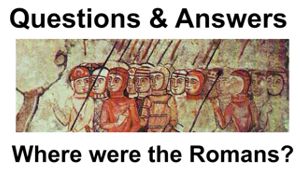
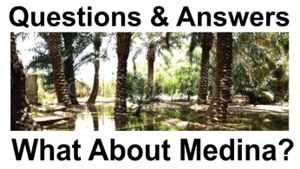
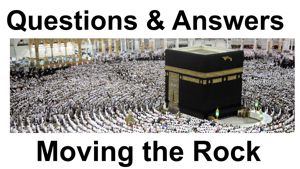
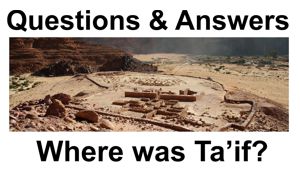
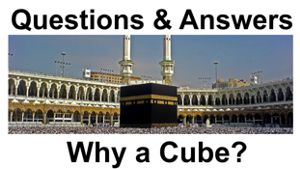

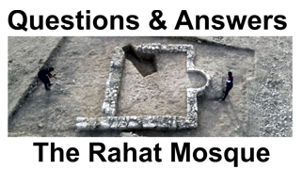
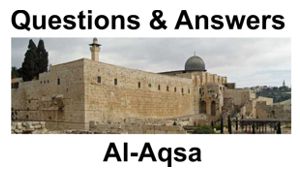
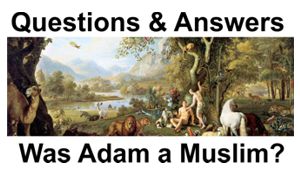
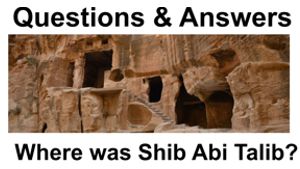
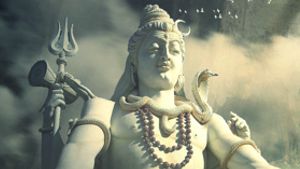
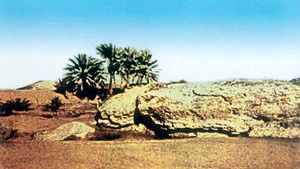
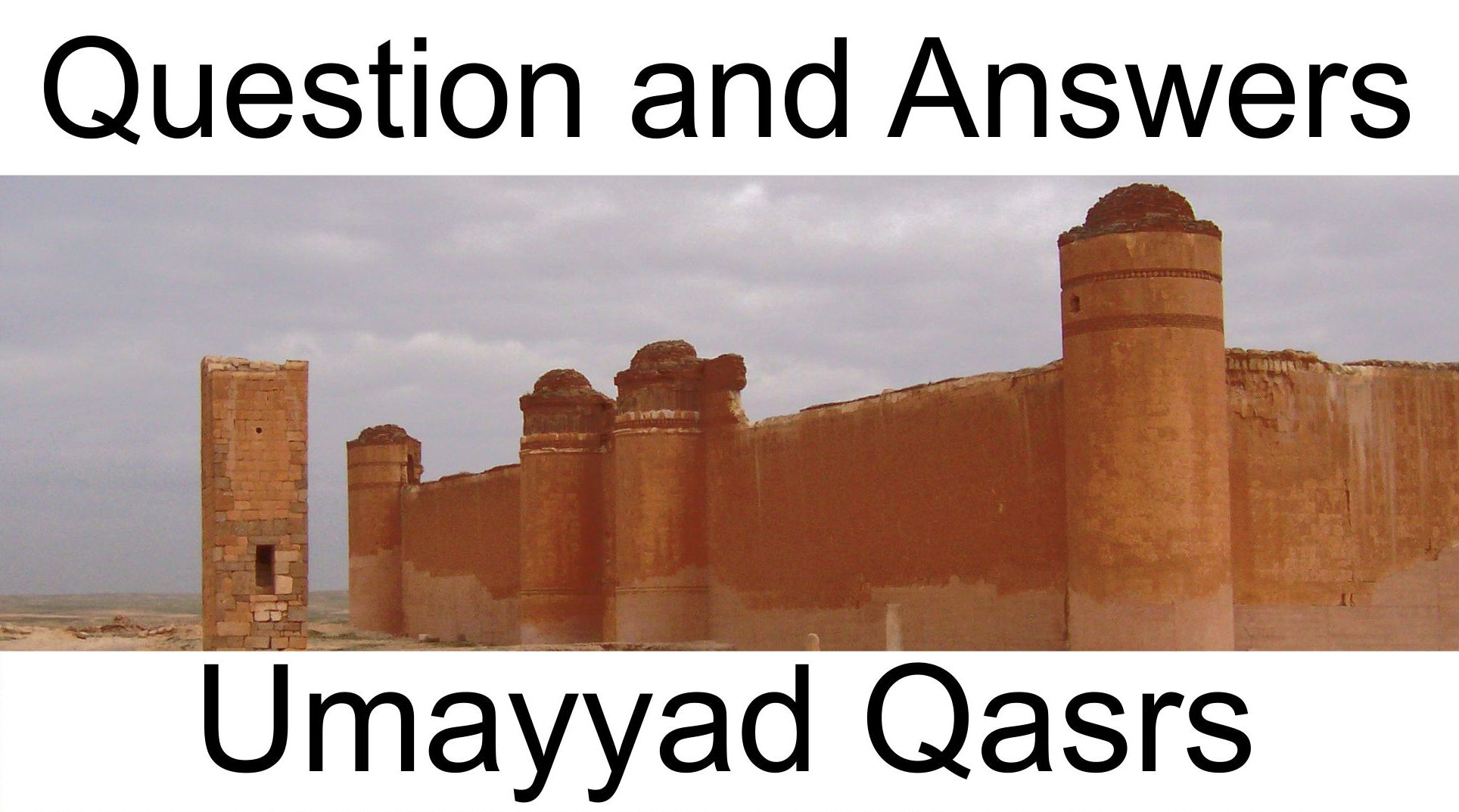
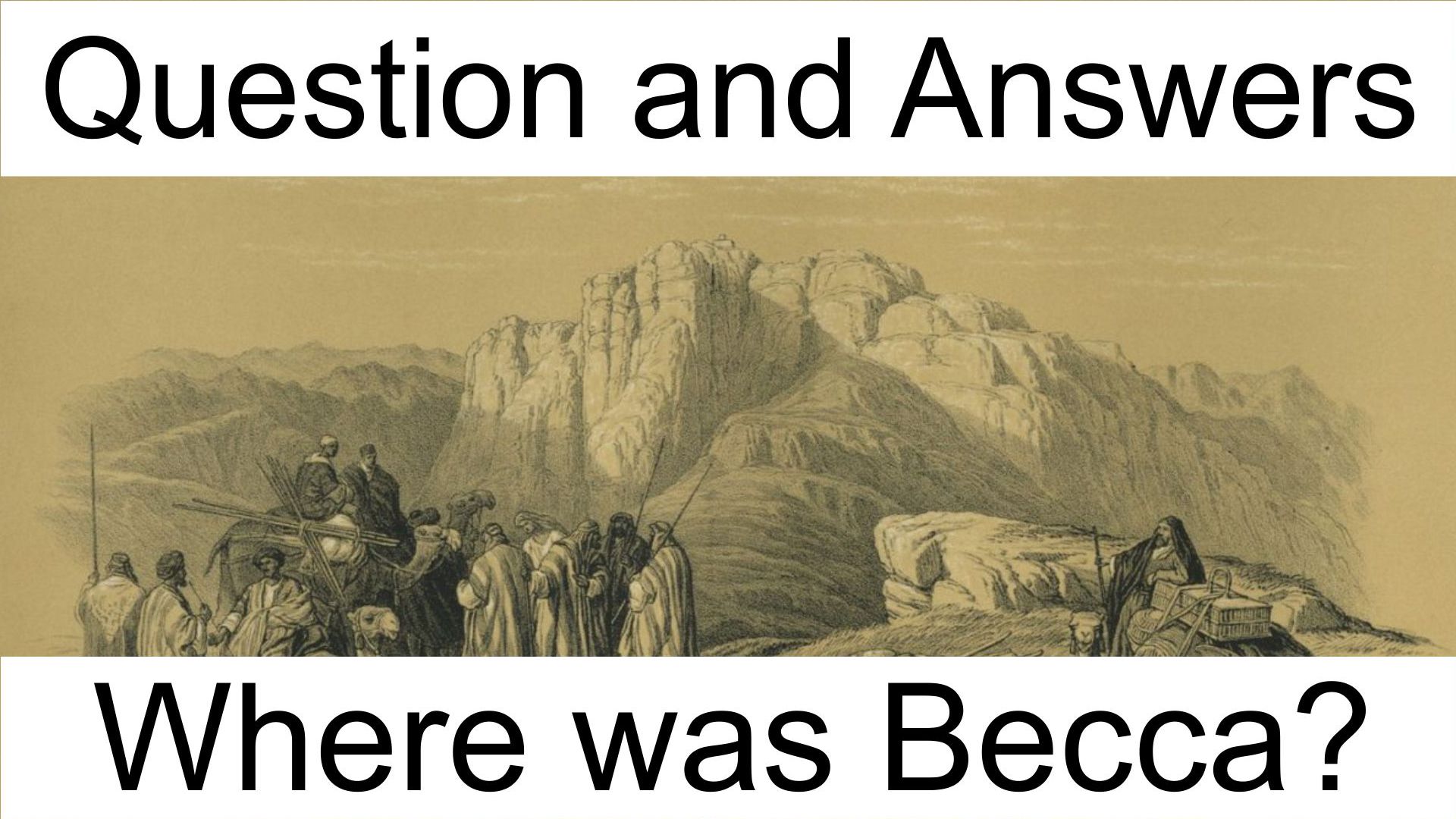

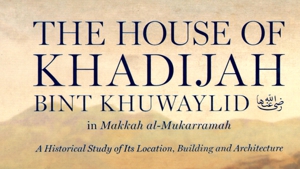
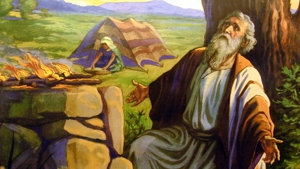
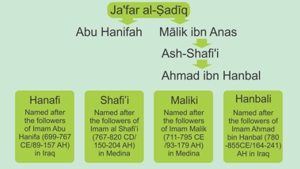

Page Discussion
Membership is required to comment. Membership is free of charge and available to everyone over the age of 16. Just click SignUp, or make a comment below. You will need a user name and a password. The system will automatically send a code to your email address. It should arrive in a few minutes. Enter the code, and you are finished.
Members who post adverts or use inappropriate language or make disrespectful comments will have their membership removed and be barred from the site. By becoming a member you agree to our Terms of Use and our Privacy, Cookies & Ad Policies. Remember that we will never, under any circumstances, sell or give your email address or private information to anyone unless required by law. Please keep your comments on topic. Thanks!